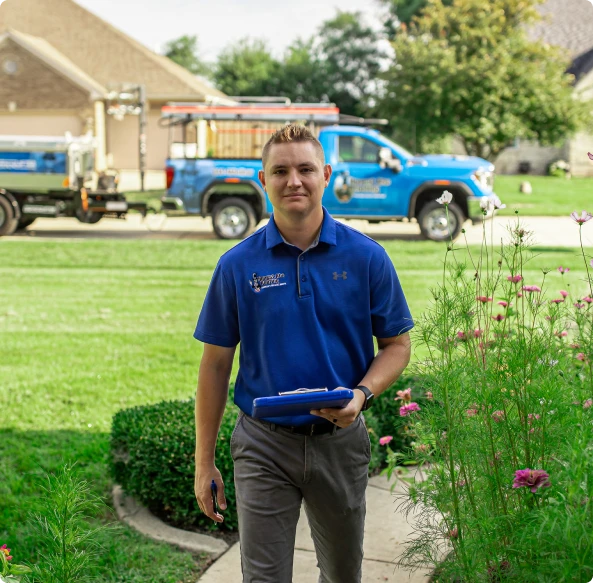Does My Roof Have to be Replaced After a Hailstorm?
Does My Roof Have to be Replaced After a Hailstorm?
After a hailstorm, you may be asking “Do I need to replace my roof?” The truth is that hail can cause a lot of roof damage, and you won’t know if the roof needs a replacement until it’s thoroughly inspected. If you live in an area where hailstorms are persistent, here are a few things to look out for after a storm and why it’s important to call a professional roofing company.
Types of Hail
Essentially, hail is frozen water that forms into a ball, lump, or even spikes. During a hailstorm, the size of hail, wind speed, impact angle, and velocity impacts the amount of damage done to a roof. If wind speeds are fast enough, hail as small as ¾” can still damage shingles and even gutters.
As hail increases in size, the likelihood of roof damage after a hailstorm increases. Hail that is two inches or larger can lead to significant damage to your roof. In the event of a more powerful hailstorm, you should have a roofing professional immediately survey for damage.
Signs of Hailstorm Roof Damage
Roof damage after a hailstorm can range from leaks and holes in your roof to large dents and structural damage. Here are some of the common ways a hailstorm can damage your roof and what to look out for.
- Roof leaks. This is a pretty common problem especially after any type of storm. Locating the site of the leak is the first step to fixing the problem and repairing your roof.
- Holes in your roof. This is another type of roof damage that can be easy to spot. Be sure to inspect thoroughly after a hailstorm because even small amounts of hail can have an impact.
- Granule loss and misplacement. A granule is the sandpaper-part of a shingle. During a hailstorm, a shingle might lose its granule becoming more exposed to the elements, which increases aging. Granules are often found in gutters and downspouts after a storm.
- Cracks in shingles. Due to high winds caused by hailstorms, roof shingles can become cracked or loose. Over time this can lead to tears and holes in your roof. Cracked shingles will not protect your roof from weather and future hailstorms.
- Structural damage. If hail damage goes unaddressed, it can compromise the exterior roof deck or its protective layer. This will allow water to get inside the roof easier, which can lead to the rot of support beams or molding of insulation. Seek the opinion of a roofing professional immediately to ensure there is no structural damage and your roof does not need to be replaced.
Asphalt Shingles v. Wood Shingles: Identifying Roof Damage After a Hailstorm
Depending on the composition of your roof, hail damage might look different. Below are a few indicators that your roof could be damaged based on its shingle makeup.
Signs of Hail Damage in Asphalt and Composition Shingles
- Random damage with no pattern
- Hail leaves black markings
- Loss of granules
- Asphalt or mat appears shiny in color
- Impact marks are soft to touch
Signs of Hail Damage in Wood Shingles
- Random damage with pattern
- A split shingle that appears brown or orange
- A split shingle with sharp corners or edges
- Impact marks are along the splits
Do I Need to Replace My Roof? Ask the Experts at Honest Abe Roofing
Whether you just experienced a hailstorm or live in an area where they are prevalent, you should get your roof inspected by professionals. Consult with your insurance agency to understand what type of damages are covered in your policy. If you think you have hail damage, schedule a free roof inspection with Honest Abe Roofing.
